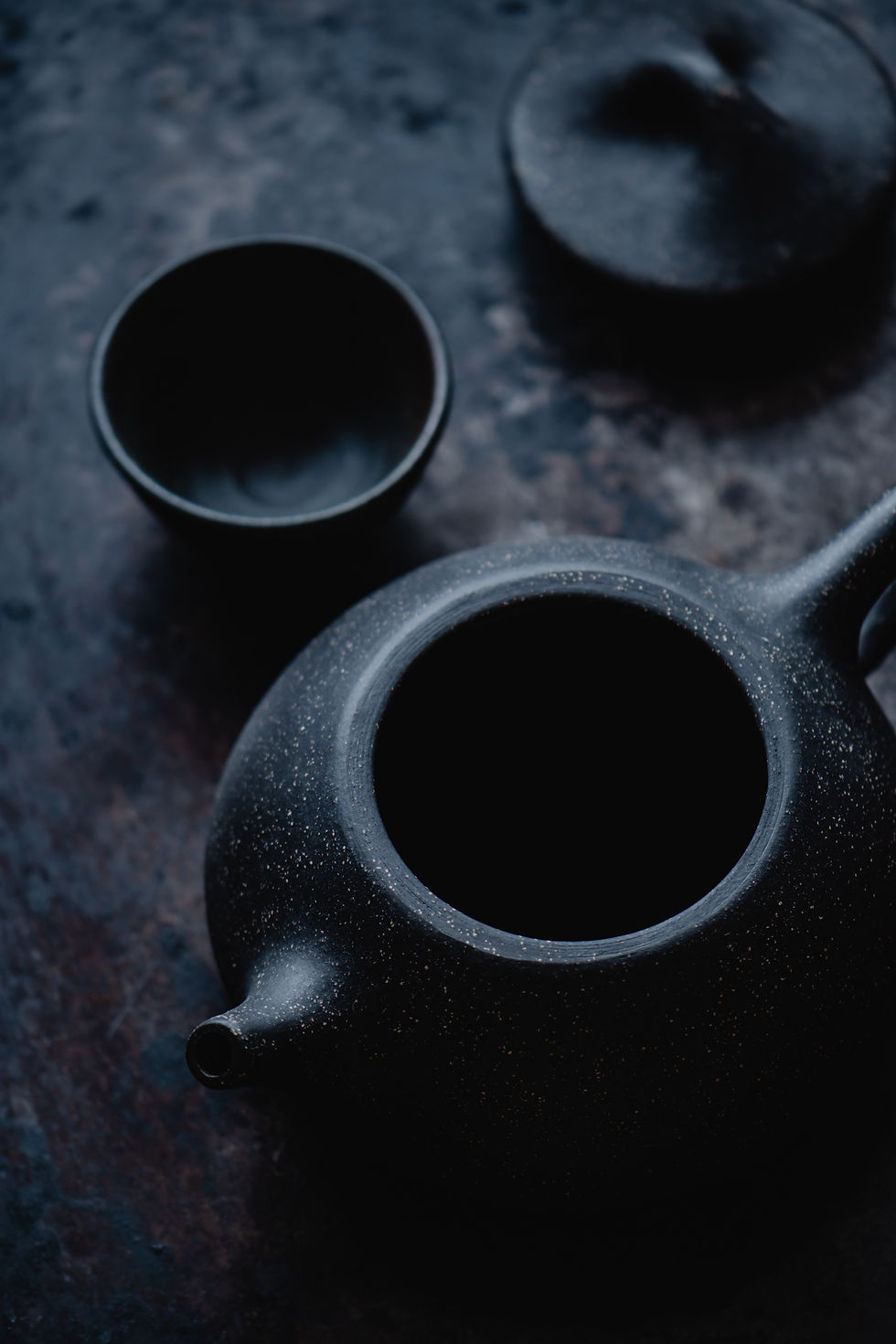Exercise & Aging
- Frederick Neal

- Jan 2, 2023
- 3 min read

Exercise and Aging
During the last century, dramatic improvements in life expectancy have been achieved in many countries worldwide. In the United States, for example, life expectancy (or the number of years a newborn baby can expect to live) has increased from 47 to nearly 76 years during the 1900s and is expected to exceed 82 years by the year 2050.
In simple terms, the baby boomers are getting old, a phenomenon many experts call the "age wave." In 1900, for example, only 40 percent of Americans lived beyond age 65, while in 1990 this proportion had risen to 80 percent.
The central issue raised by increasing longevity is that of quality of life. The National Center for Health Statistics has estimated that 15 percent of the average American's life is spent in an "unhealthy" state (that is, impaired by disease, disabilities, and/or injuries). Among those reaching age 65, five of their remaining 17 to 18 years, on average, will be unhealthy ones.
Health habits have a strong influence on both life expectancy and quality of life during old age. Dr. Lester Breslow, in his famous study of over 6000 people in the San Francisco Bay area, showed a dramatic difference in death rate between those people who followed seven simple health habits and those who did not.
1. Never smoked,
2. Moderate or no alcohol consumption,
3. Daily breakfast,
4. No snacking,
5. Seven to eight hours of sleep per night,
6. Regular exercise,
7. Ideal weight
Those who followed all seven health habits were estimated to live nine years longer and suffer less disability than those who did not practice any of them. In other words, healthful living appears not only to promote longevity but also to increase the chance of having the physical ability to enjoy life to its fullest in later years.
A key ingredient to healthy aging, according to many gerontologists, is regular physical activity. Of all age groups, the elderly have the most to gain by being active, including the potential for decreased risk of heart disease, cancer, high blood pressure, depression, bone fractures, and diabetes, as well as improved body composition, fitness, longevity, ability to perform personal care activities, and management of arthritis. Yet national surveys indicate that only about one-third of the elderly exercise regularly, which is less than any other age group.
Interestingly, many of the changes that accompany aging are similar to those experienced during prolonged bed rest, inactivity, and weightlessness. These changes include a decrease in heart and lung function and muscle and bone strength and with a gain in body fat. Many researchers that have evaluated the effects of aging on the body have focused on VO2max (or the ability of the body to take in oxygen, transport it, and use it for burning fuel to supply energy for activity). VO2max is seen by many as the single best variable to define the overall changes in the body that occur with aging. VO2max normally declines eight to 10 percent per decade for both males and females after 25 years of age. At any given age, people can have a much higher VO2max if they exercise regularly and vigorously. It has been demonstrated that athletic males and females who are 65 to 75 years of age can have the VO2max of young sedentary adults and are capable of performing at levels once thought unattainable.



Comments